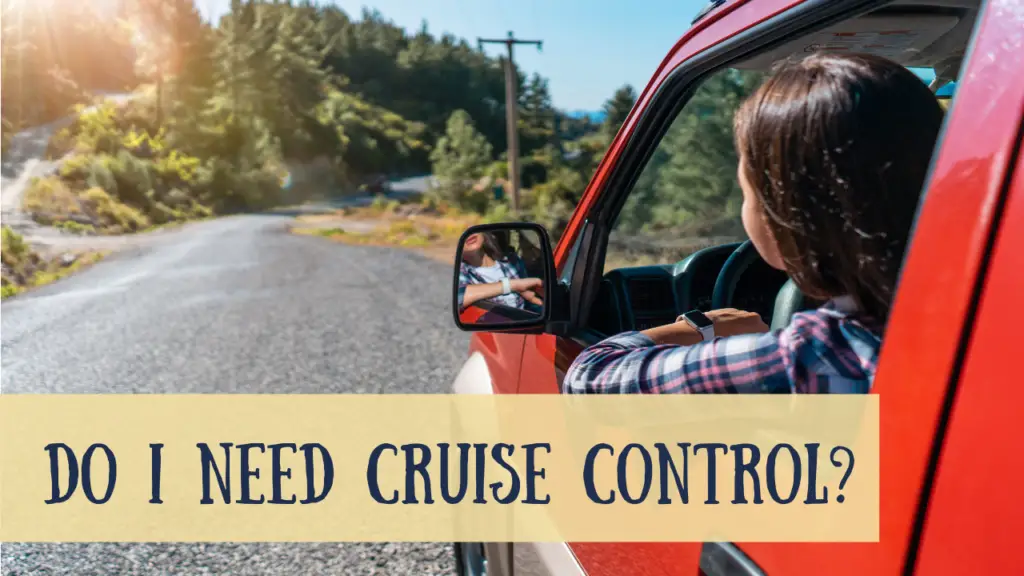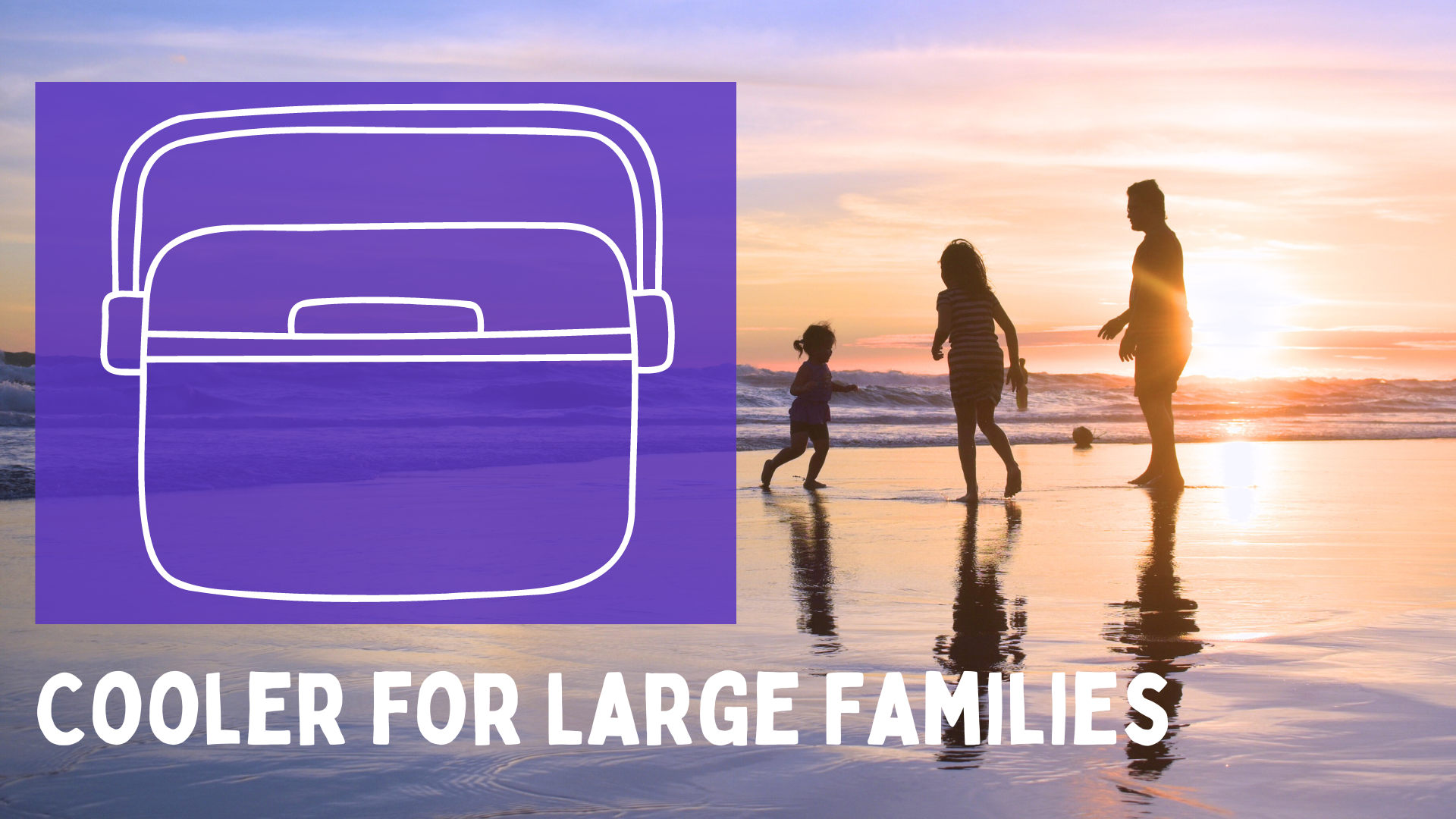Trips that are 1,000 miles or more may seem impossible with cruise control.
When taking a long trip without cruise control be sure to stop every few hours to stretch and walk around. Fill up your gas tank before it is empty and take the chance to get the blood flowing to your legs.
Stop Frequently
It is recommended that you stop every two hours when on a road trip. It may seem excessive, but if you are on a very long trip, this is a great opportunity to enjoy the journey. Plan to stop at a local park, interesting roadside attraction or local restaurant.
Seasoned travelers often stop more frequently to enjoy the journey.
I grew up driving to see family twice a year. It was a 10 hour drive. We always stopped once at the same rest stop off the highway. We passed by many major cities that I have still not visited.
Please try to slow down and see the sights. This is the biggest advantage of road trips over other forms of transportation, you make the rules, you decide when to stop.
Stretch and Walk at Stops
When you do stop, be sure to walk around for 10-15 minutes and consider stretching lightly.
Nothing major, just get the blood flowing to your legs.
Sitting in one position for a long time is not good for your body, but the negative effects of sitting can be countered by 45-60 minutes of brisk walking or other exercise. Plan to stop and walk for 10-15 minutes a few times on your trip and you will feel much better.
Switch Drivers
Whenever possible, share the driving responsibilities.
I found that the risks involved with drowsy driving are crazy. It is so dangerous to drive when you are tired. Chances are you will get tired while driving on a very long road trip.
You can either stop and sleep or switch drivers and rest while they drive.
Driving without cruise control can be more stressful and more tiring than using cruise control or adaptive cruise control. This may mean that you end up tired more quickly.
As soon as you feel tired, pull over and switch drivers or take a nap.
Fill Up Regularly
One way to plan your stops is to frequently fill up the tank!
This is more general road trip advice as it is a good idea to keep the gas tank over half full whenever possible. You never know when you may get another chance to fill up.
Can you drive a car without cruise control?
Cruise control is standard on cars manufactured after the early 70s, so most cars on the road have cruise control. While cruise control is available in most vehicles, it is not widely used. Driving without the assistance of cruise control may be safer and is certainly preferred by most drivers.
Cruise control improves fuel economy and many drivers use cruise control for the potential fuel savings.
AAA’s Technology Fact Sheet gives us some insight as to why people may not use cruise control: fear. This survey covered adaptive cruise control, parking assistance and lane departure warnings, and asked the participants what they thought about these features and if they would want them in their next vehicle.
Most of the respondents felt some level of fear of allowing the car to take more control of driving.
Is cruise control good for long distances?
Cruise control improves fuel economy in most vehicles so it will lower the cost of your road trip, but it may not be safer than manual driving. Using adaptive cruise control can increase your risk of a collision by 10%.
When you are taking a very long road trip you may want to use cruise control, and if you do please take precautions to make sure that your cruise control is working properly and that you remain alert while driving.
Cruise control may stop working on downhill stretches of the road, so test this out to see if your cruise control still works when you are going downhill.
If the speed increases while you are driving downhill, you need to be careful when you are using your cruise control.
When considering fuel economy cruise control works differently on inclines as well. This may impact your mpg.
Many US road trips involve a trip out west to visit the National Parks like Yellowstone. There are some big mountains to cross, so plan accordingly.
You can use my math-free trick for calculating the cost of gas for your road trip in the linked post. This will give you a good idea to help you budget for the gas you will need.
Is cruise control safer?
Using cruise control can make you less alert while driving. This is dangerous and increases risk of being involved in a collision.
Adaptive cruise control involves sensors that measure not only the speed of your car, but the speed of surrounding cars and other traffic conditions. Adaptive cruise control increases a driver’s feeling of safety. This results in those drivers often driving at speeds above the speed limit and not paying attention to the road.
A survey conducted by AAA in 2016 found that only 20% of drivers would trust a self-driving vehicle, and while that is a big step from simple cruise control, that loss of control is frightening for most drivers.
Remaining alert and continuously monitoring your surroundings is very important while driving.








